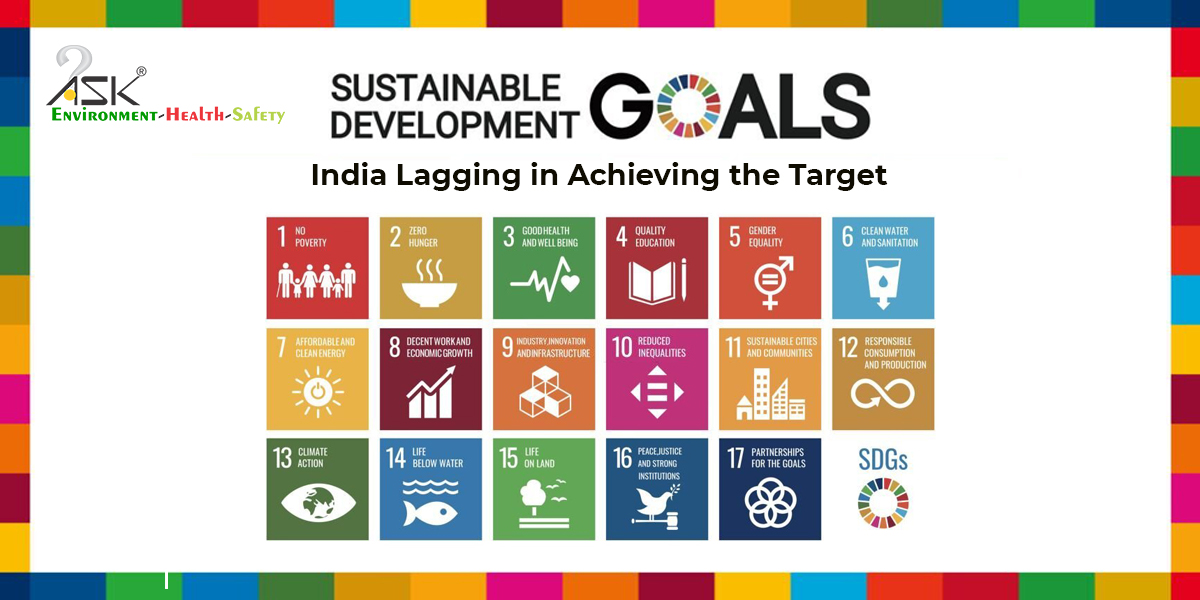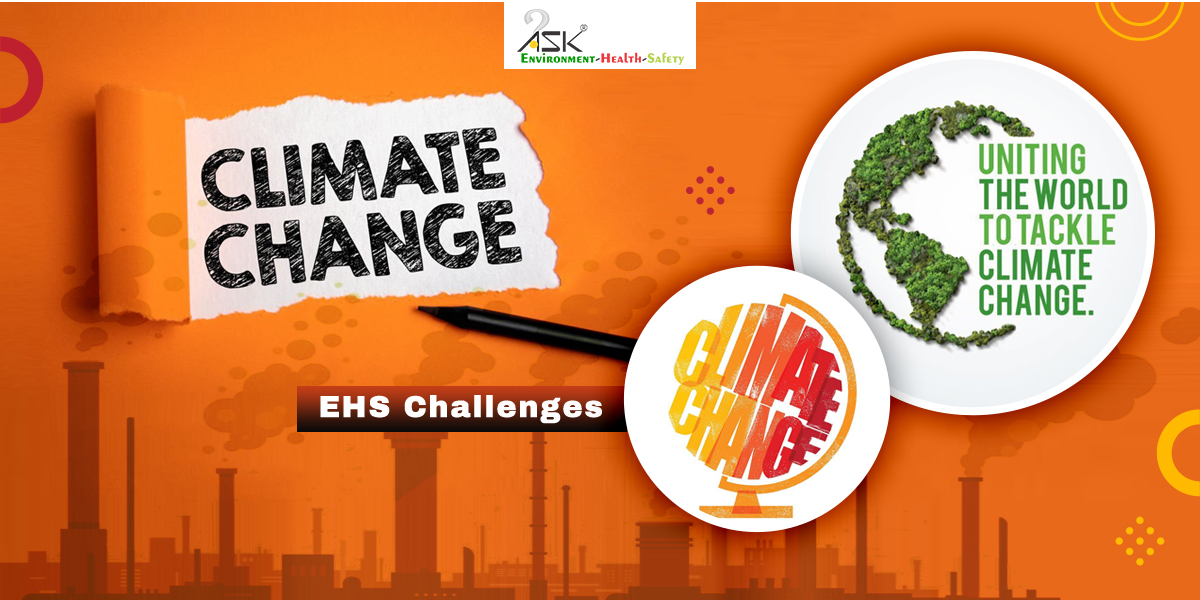Challenges to modern industrial workplaces

Key industrial installations in each country, by geography, are been carefully chosen and selected over rounds of selection. They meet stringent list of criteria – raw material availability, transport and logistics, facility demands and finally the workforce related attributes.
But over the course of past decade, a crucial factor has challenged all of these conventional industrial setup parameters – environment. The ‘vagaries of nature’ have exposed installation weak points like frayed electrical wires. Stark contrast in temperatures due to extreme heat has led to outbreak of fires at facilities manufacturing or storing inflammable materials.
Similarly, hydrocarbon processing and related chemical industries located near the coasts (esp. in India) are constantly under the threat of looming cyclones. Process critical equipment and installations like tall chimneys, flare stacks and others come under a direct threat.
Fukushima nuclear installation was an extreme example of a man-made calamity. The fault did not lie with poor planning alone – it was underpinned and further made calamitous by inefficient decision-making and human error. This human error did not account for rising sea-level in face of a tsunami. That would lead to flooding of lower levels of an otherwise safe reactor and kill the fail-safes that are supposed to ensure that a nuclear reactor doesn’t overheat.
Global heating and manmade climate change is only going to accentuate these issues further. We are going to see more and more such human error led instances that trigger catastrophes. Now, there are no simple straightforward steps that ensure a proper remedial action. But, there are, however, preventive steps – steps that can ensure a strategy, in case ‘untoward situations’ escalate at your industrial workplace.
Unplan, replan and revisit
Pay attention to emergency preparedness and exit protocols, not only under extraordinary conditions but unbox these circumstances from a modern environmental standpoint. Extreme heat, cold or polluting circumstances (like in NCR, India) can trigger a subset of smaller problems. These need to be accounted for and aggregated within the overall emergency preparedness plan. Replan your protocols to accommodate climate calamities – cyclones, flooding and other such factors. Revisit some of the recent instances that have led to a systematic collapse of an otherwise well-thought (at that point of time in past) plan, for example, Arkema Chemical incident.
Empower human thought
Distribute this responsibility to evaluate danger by providing better trainings at your workplace. The better your workforce training – the frequency and chances of catching something odd at the first sight and its subsequent reporting becomes easier. These should not only include hazard prevention trainings but identification exercises. Most frontline workers have a better judgement and experience can count as a plus, however, most manmade climate change calamities will have a significant degree of ‘unprecedented and out of the ordinary’ conditions attached to it – every set of thinking mind would count.
Act now for climate change
Trigger action to gain traction – it is us and only us who can reverse these conditions. But that would require action in terms of cutting back on polluting agents and increasing green cover (plantation). This is significantly far-reaching and a sure shot way to future proof industries.
Simple planning goes a long way – but for future proofing and saving lives, we would need a little more thought and a lot of hands on the deck.


